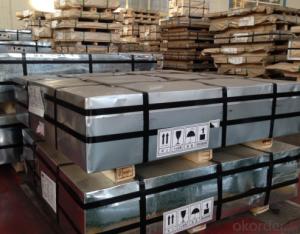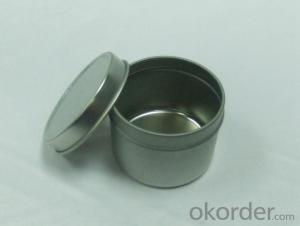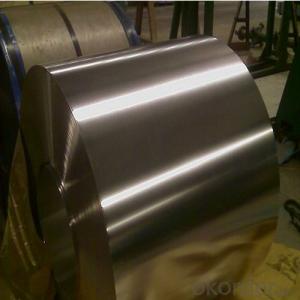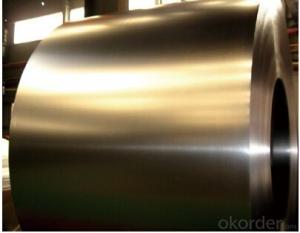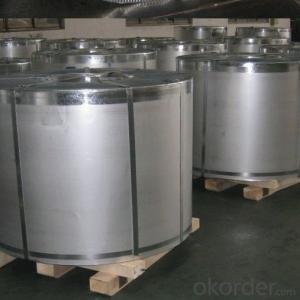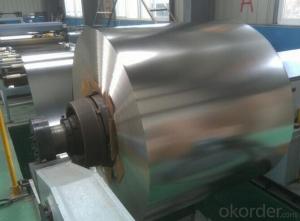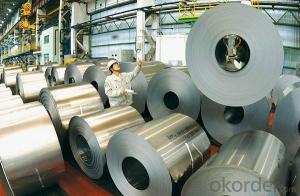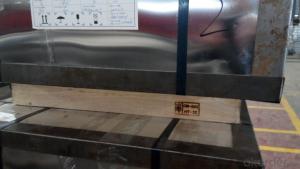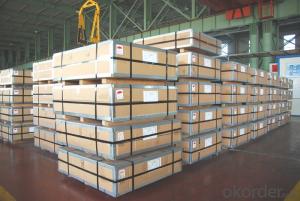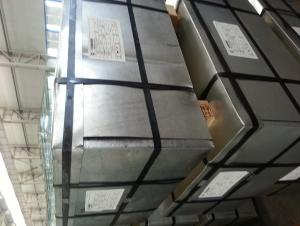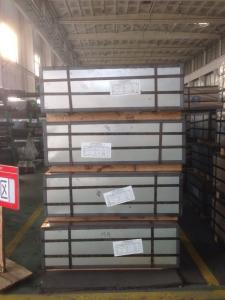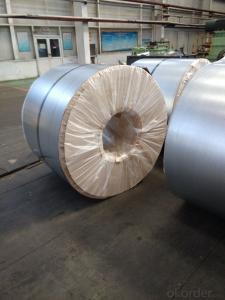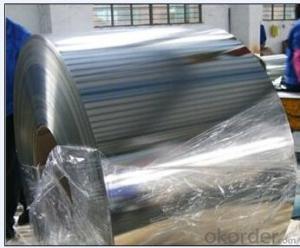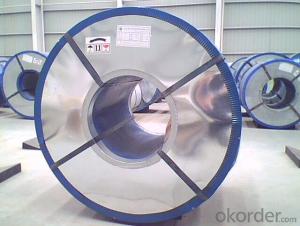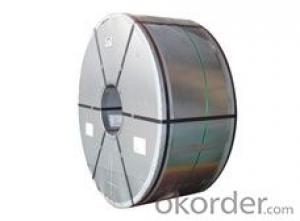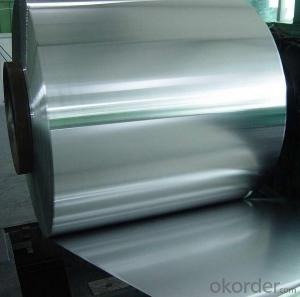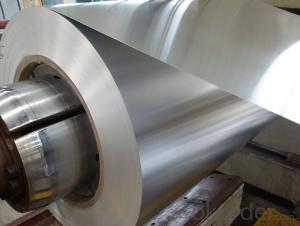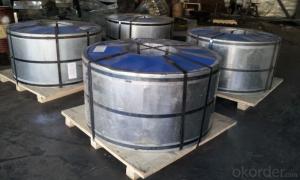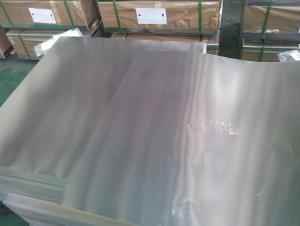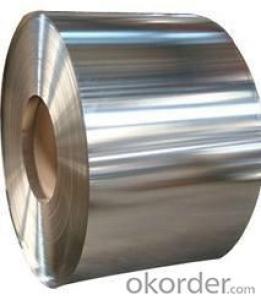Tin Plate In Europe
Tin Plate In Europe Related Searches
Italy Tinplate Tinplate Tins Spain Tinplate Tinplate Food Packaging Crown European Tinplate Tinplate Manufacturers Tinplate Uk Turkey Tinplate Printing Tinplate Price Of Tinplate Tinplate Packaging Tinplate China Printed Tinplate South Africa Tinplate Tinplate Printing Envases Tinplate Tinplate Suppliers Tinplate For Sale Tinplate Cans Tinplate Containers Tinplate Recycling Tinplate Price Per Ton Buy Tinplate Tinplate Coating Thyssenkrupp Tinplate Tinplate Products Tinplate Production Thai Tinplate Thin Aluminum Plate Tinplate MaterialTin Plate In Europe Supplier & Manufacturer from China
Tin Plate In Europe encompasses a wide range of products, including food cans, beverage cans, aerosol cans, and other packaging materials. These products play a crucial role in preserving the freshness and quality of various goods, making them an essential component in the food and beverage industry. The tin plate is known for its excellent barrier properties, which protect the contents from external factors such as light, oxygen, and moisture, ensuring a longer shelf life.The application and usage scenarios of Tin Plate In Europe are vast, as it is widely used in the packaging of various products. It is particularly popular in the food and beverage sector, where it is used for preserving items such as fruits, vegetables, meats, fish, and beverages. Additionally, it is utilized in the pharmaceutical, chemical, and automotive industries for various purposes, such as protecting sensitive components and ensuring the safety of products during transportation.
Okorder.com is a leading wholesale supplier of Tin Plate In Europe, boasting a large inventory that caters to the diverse needs of clients across different industries. With a commitment to quality and customer satisfaction, Okorder.com ensures that the tin plate products they offer meet the highest standards, making them a reliable choice for businesses seeking to source this essential material.
Hot Products

